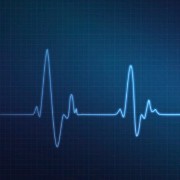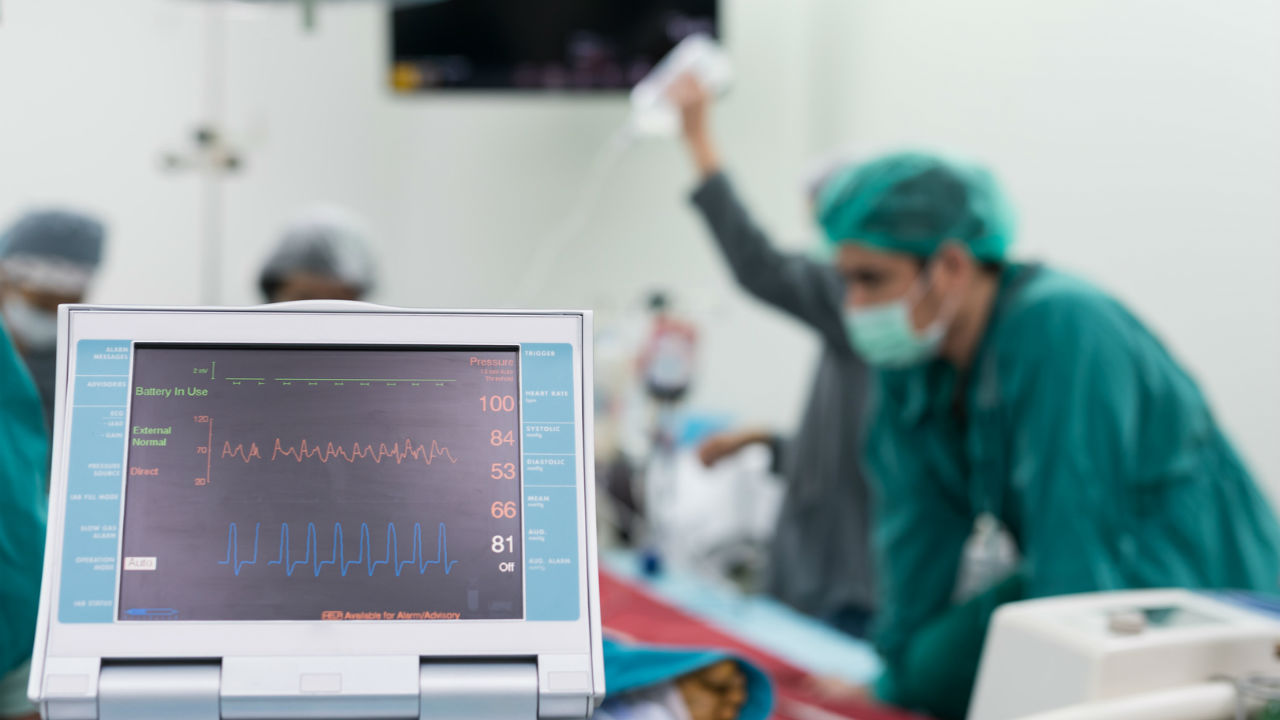 Photo: Getty Images
Photo: Getty Images
Sudden cardiac arrest is one of the more dangerous and often fatal cardiac events. This type of cardiac event occurs when the heart simply stops beating. According to the American Heart Association (AHA), approximately 95 percent of all people who suffer sudden cardiac arrest don’t survive long enough to make it to the hospital. When the heart stops beating, blood flow to the rest of the body begins to cease. Without the blood to act as a delivery boy, vital organs such as the brain and heart don’t receive the oxygen needed to survive. Brain death can begin in as little as 4 minutes after the heart stops. This is true whether the cause of the heart stoppage is the result of sudden cardiac arrest, an auto accident, drowning, or other source.
When it comes to a non-beating heart, minutes matter. The victim’s chance of survival goes down by more than 7 percent every minute that passes after the heart stops. Because damage happens so rapidly, it’s important to get the blood flowing as quickly as possible. This is often accomplished through the use of a defibrillator (electronic device that delivers an electric shock to restart the heart). The AHA indicated that immediate use of a defibrillator can increase your chance of survival by more than 30 percent. (Some estimates are as high as 45 percent.)
In the absence of a defibrillator, cardiopulmonary resuscitation (CPR) can be used to manually stimulate the blood and oxygen flow until professional medical assistance can be obtained. CPR is a 50-year old technique that consists of a combination of chest compressions and “breaths”, or ventilation, performed as 30 compressions followed by two breaths. Even when CPR is immediately and properly administered, the survival rates still remain low. This is in part because traditional CPR only delivers approximately 25 percent of the blood and oxygen flow necessary to prevent brain and other damage to vital organs.
Because survivability rates are so poor, the medical profession is always looking for ways to improve the survival odds for those who suffer such a cardiac event. Researchers at the University of Minnesota Medical School believe that they have developed a new method of conducting CPR that will not only significantly improve survivability rates, but limit brain damage as well. The new CPR technique is the culmination of a five year study.
The method of CPR developed by study authors introduces two devices to the CPR process – the ResQPump (or CardioPump), and the ResQPOD. The ResQPump is a device that consists of a suction cup and handle. The user attaches the suction cup to the chest of the victim. The handle is then used to “lift” the chest manually. The ResQPOD consists of a facemask (or a breathing tube in some cases). When the ResQPOD is used, air is prevented from entering the lungs when the ResQPump is used to raise the victim’s chest.
Study results indicated that when used together, blood flow is significantly increased because the vacuum created in the chest is greater than that created by traditional CPR. Researchers reported that the new method of CPR increased the blood flow by more than three times in comparison to traditional CPR thereby limiting the damage to vital organs. In addition, overall survival rates (long-term and with no or limited brain damage) showed an improvement of 50-percent over those receiving traditional CPR.
According to Demetris Yannopoulos, M.D., Assistant Professor of Medicine and Research Director of Interventional Cardiology at the University of Minnesota Medical School, study authors plan to present findings to the AHA and will recommend adoption of this method of CPR as the standard.
Sources:
University of Minnesota (2011, March 1). New CPR method increases survival rate by 50 percent, study suggests. ScienceDaily. Retrieved March 2, 2011, from http://www.sciencedaily.com/releases/2011/03/110301111507.htm
Cardiac Arrest, American Heart Association, 02 Mar 2011, http://www.americanheart.org/presenter.jhtml?identifier=4481
Journal Reference:
1. Tom P Aufderheide, Ralph J Frascone, Marvin A Wayne, Brian D Mahoney, Robert A Swor, Robert M Domeier, Michael L Olinger, Richard G Holcomb, David E Tupper, Demetris Yannopoulos. Standard cardiopulmonary resuscitation versus active compression-decompression cardiopulmonary resuscitation with augmentation of negative intrathoracic pressure for out-of-hospital cardiac arrest: a randomised trial. The Lancet, 2011; 377 (9762): 301 DOI: 10.1016/S0140-6736(10)62103-4
*****






Add a Comment1 Comments
Can you purchase this device for homeschool/school use?
March 4, 2011 - 10:33pmThe new method doesn't do normal people anymore good because all we can do is the old method. 8(
This Comment